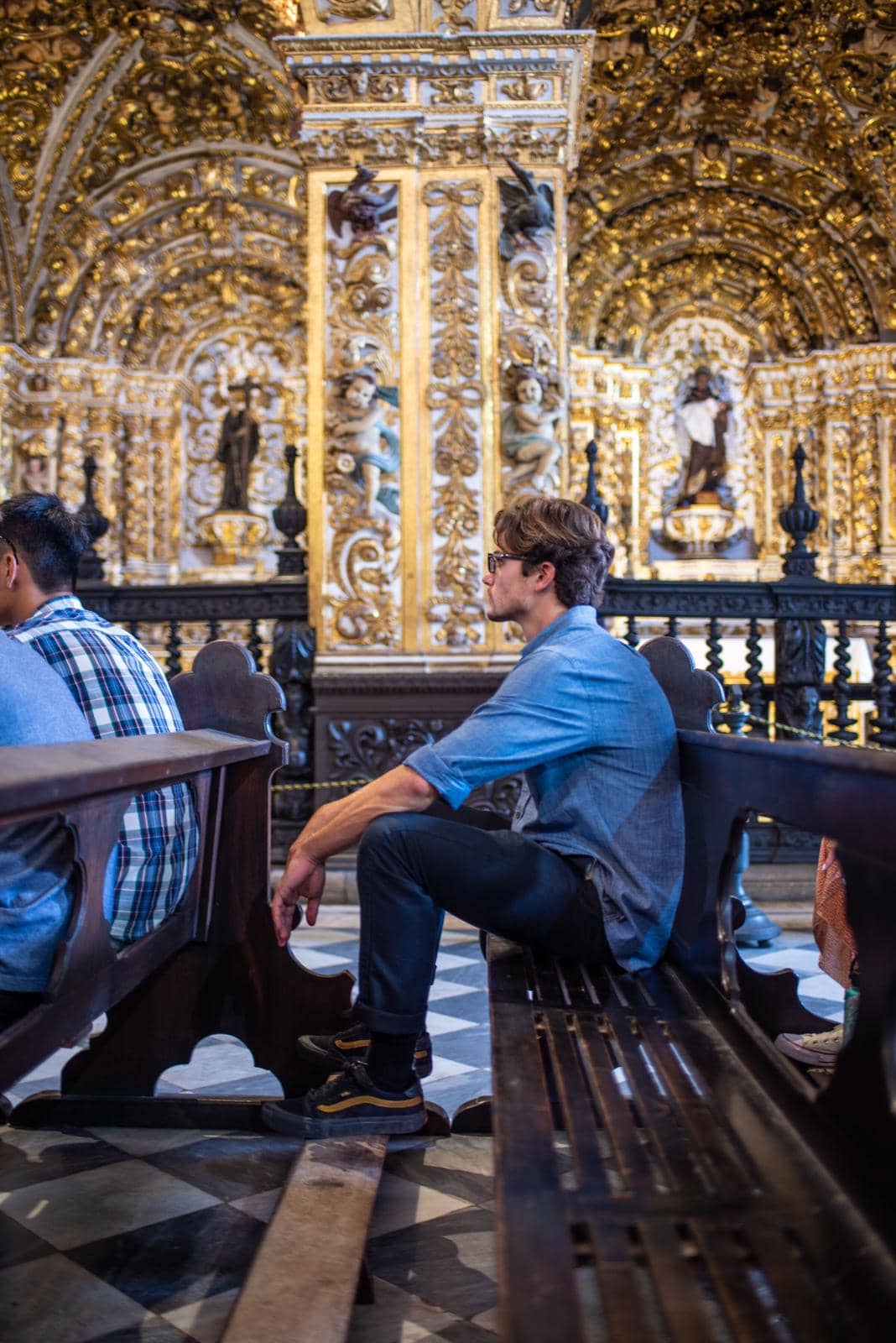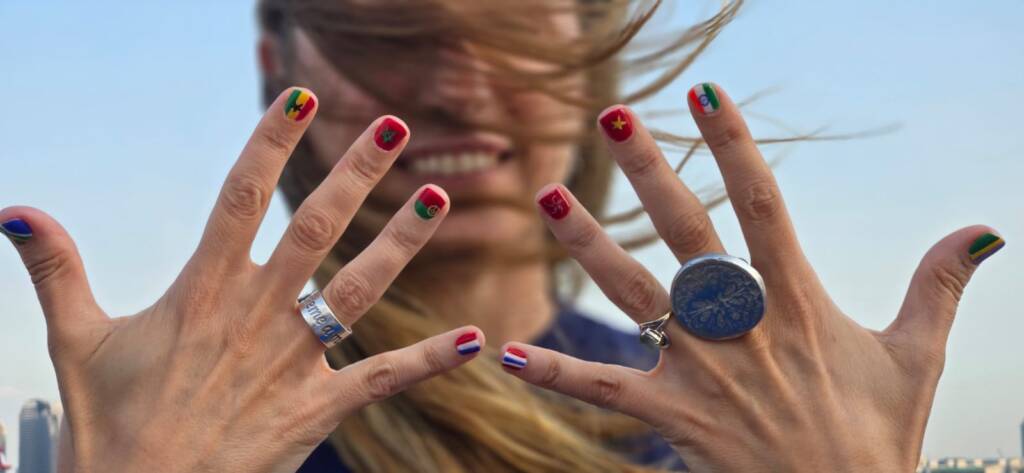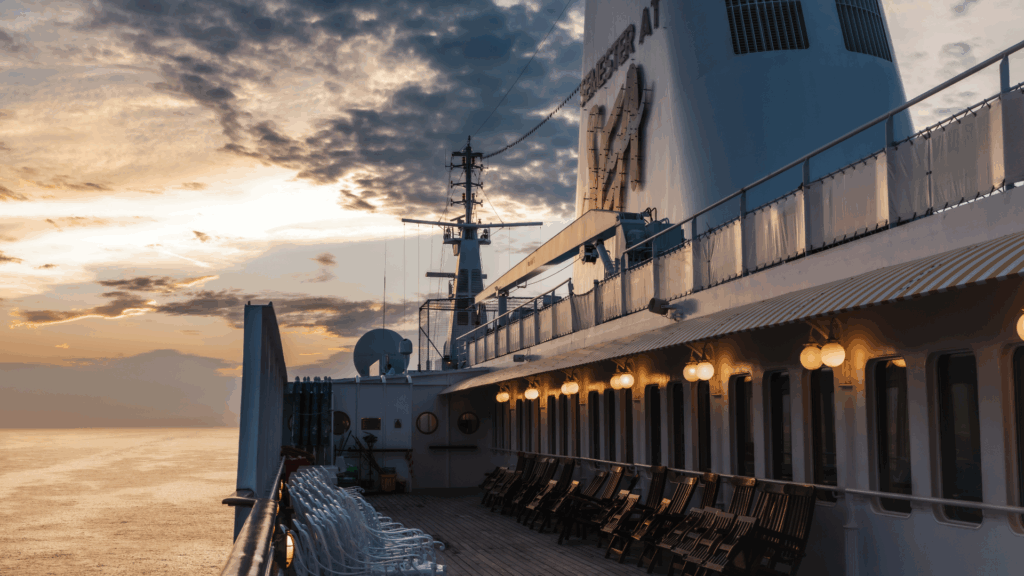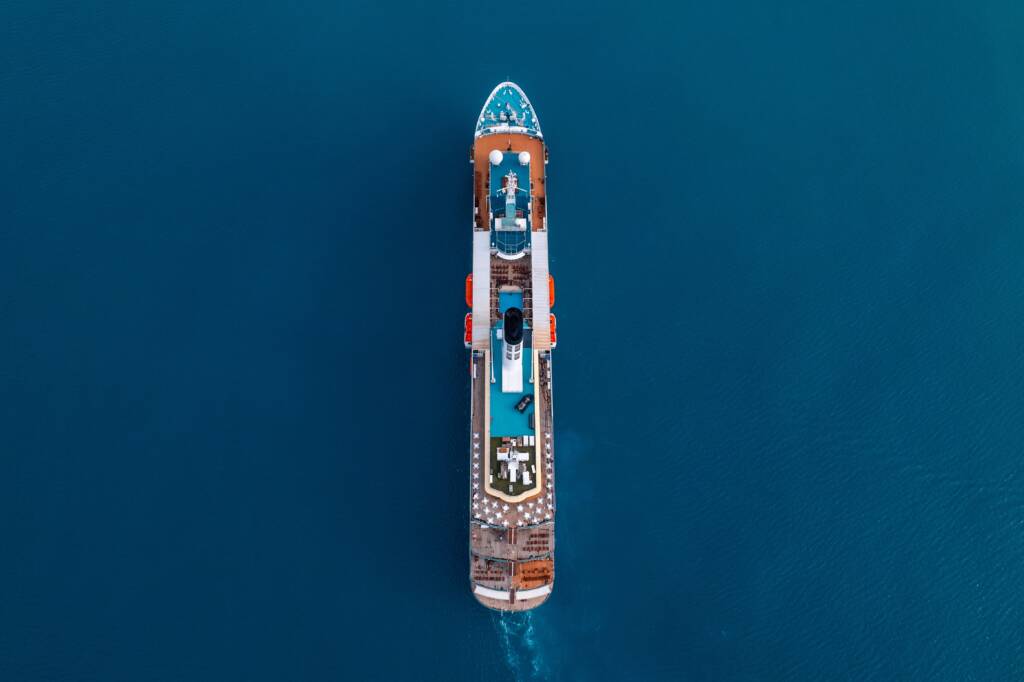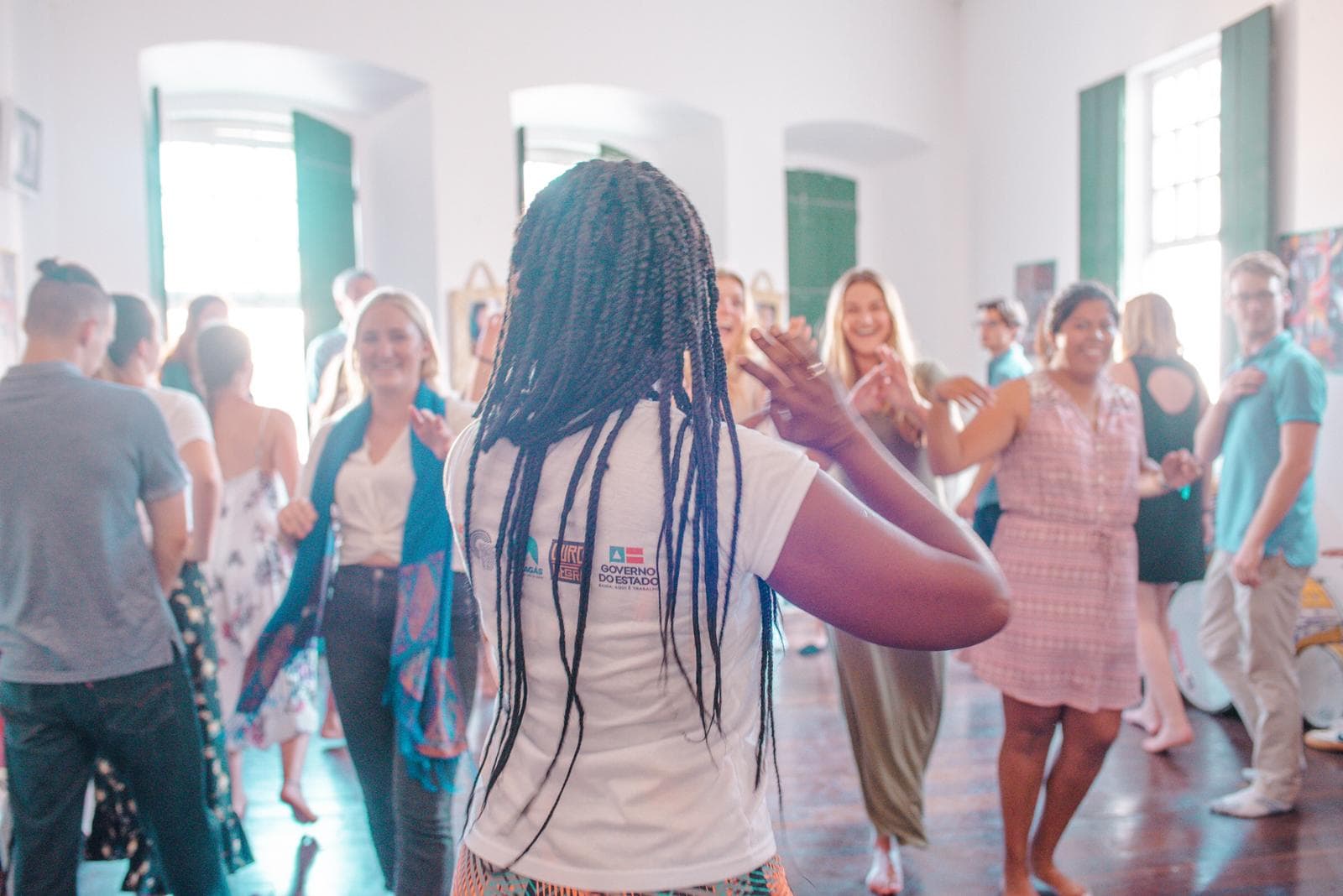
In Dr. James Bratt‘s Philosophy class, Meaning and Truth in Religion, students are asked to take a phenomenological look at how people find meaning and truth in their lives through a wide range of religious materials.
With Semester at Sea’s Fall 2019 itinerary as their case study , a semester-long pilgrimage of their own , voyagers have compared principles of Muslim, Jewish, and Roman Catholic religious architecture as they’ve moved from Europe to Africa and South America this semester.
During students’ time in Salvador, voyagers visited three cathedrals ranging from modest to ornate, plus an Afro-Brazilian museum and Candombl√© dance class, where they witnessed the influence of Portuguese colonialism and the slave trade on modern day Brazil.
Brazil’s history is closely tied to the history of the slave trade in the Americas, and with Salvador as the biggest port city in the country, the streets of Salvador are still marked heavily by their involvement in the slave trade from the 1400-1800’s. In fact, nearly 80% of the current population identifies as Afro-Brazilian. But with such high numbers of Afro-Brazilian inhabitants (80% in Salvador and 50% across the country), students started the day wondering why it was important to make this distinction , Brazilian vs. Afro-Brazilian , at all? After hundreds of years of citizenship, shouldn’t all of Brazil’s inhabitants be considered one body?
Dr. Bratt, who serves as a Professor Emeritus at Calvin College in Michigan, explained: “The Afro-Brazilian identity is strong for the pride of what they overcame. From the African perspective, Brazil did as much damage as they could to strip Africans from their home and their identity and their culture, but they survived. And they did not forget where they came from. So identifying as Afro-Brazilian is a way of saying, ‘We’re proud of who we are. Here’s our culture. Here’s our dance. Here’s our food, and here’s our story.’ ”
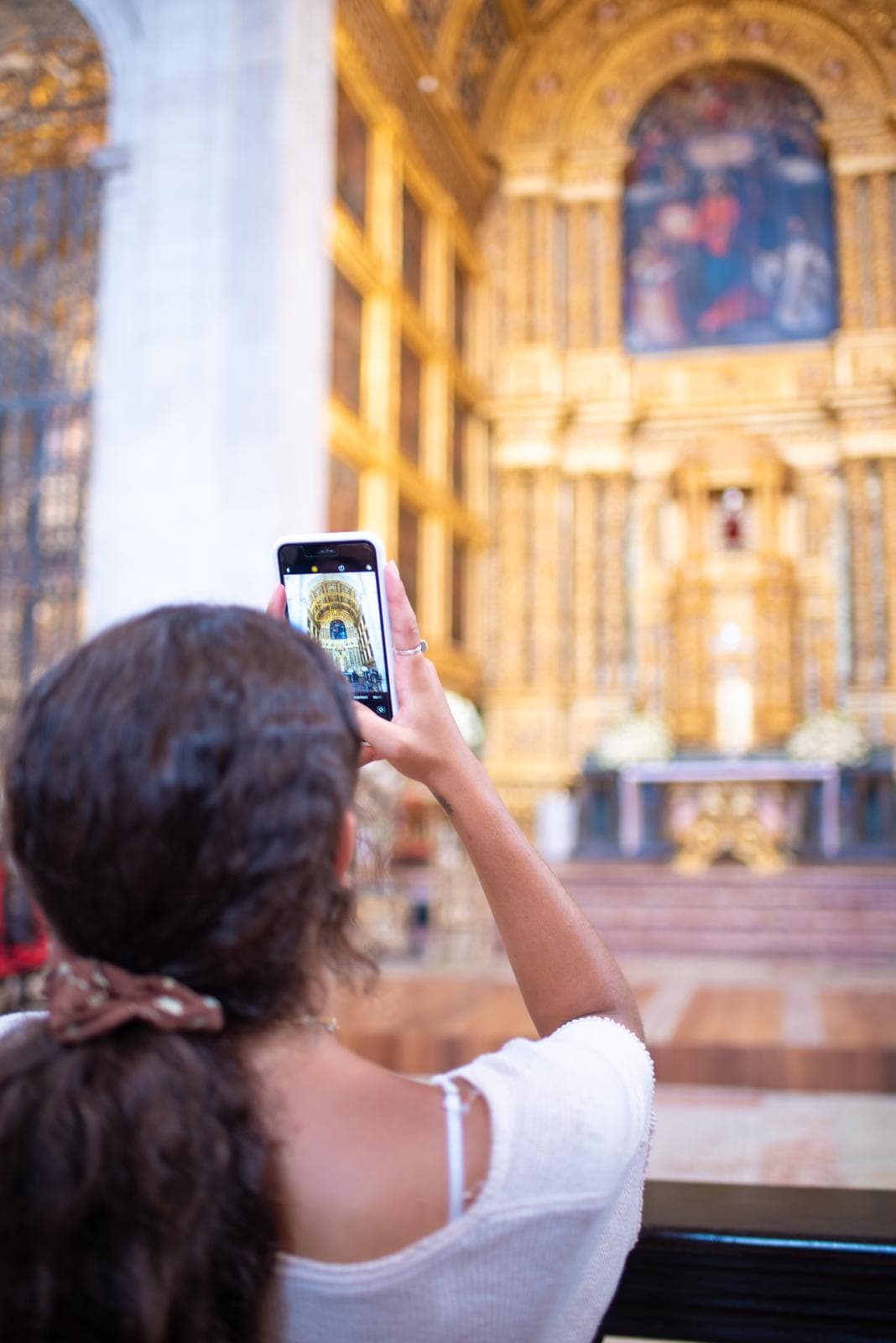
Walking into the most ornate church in Salvador, UNESCO’s Convento e Igreja de S√£o Francisco, the assertion of European influence could be seen immediately in its architectural makeup. But upon closer look inside the cathedral walls, the figures that lined two opulent coves were Orishas rather than Saints, a demarcation of African Santeria over Portuguese Catholicism.
“Unlike saints, Orishas are not always exemplary in their behavior. They’re not moral models. Their specialty is power, not right or wrong. And you don’t find them, they find you,” Dr. Bratt explained.
“In Santeria, the key in life is trying to find your authenticity. Your true self. And the way to that is through your Orisha,” explained voyager Jacob Marshall, who studies at the University of San Diego. “They’re your power and energy. They’re your direction. And once you know what that means you can relax into who you truly are.
As the day came to a close and voyagers made their way back to the MV World Odyssey, they reflected on the meaning and stories contained in each space they visited in Brazil, and how they would carry those stories into the classroom and through the rest of the studies with Semester at Sea.
“As an architecture major, I’ve loved learning about the history behind each building we’ve seen,” Marshall continued. “Each space has a dynamic story. And Dr. Bratt’s really passionate about what he teaches, so that’s really helped influence the way I see different structures and the way that I see the world.”
